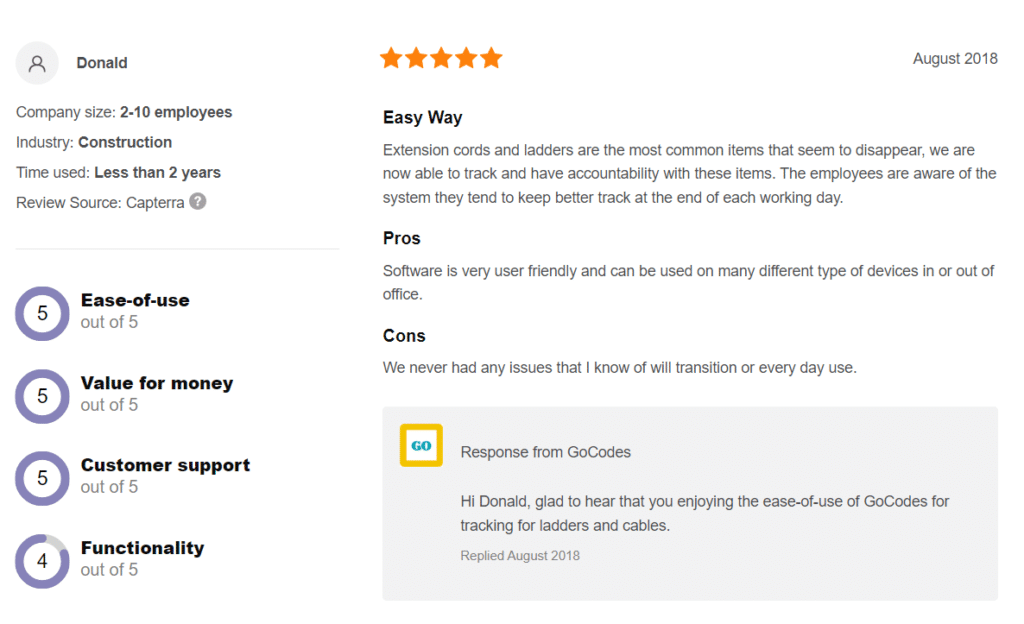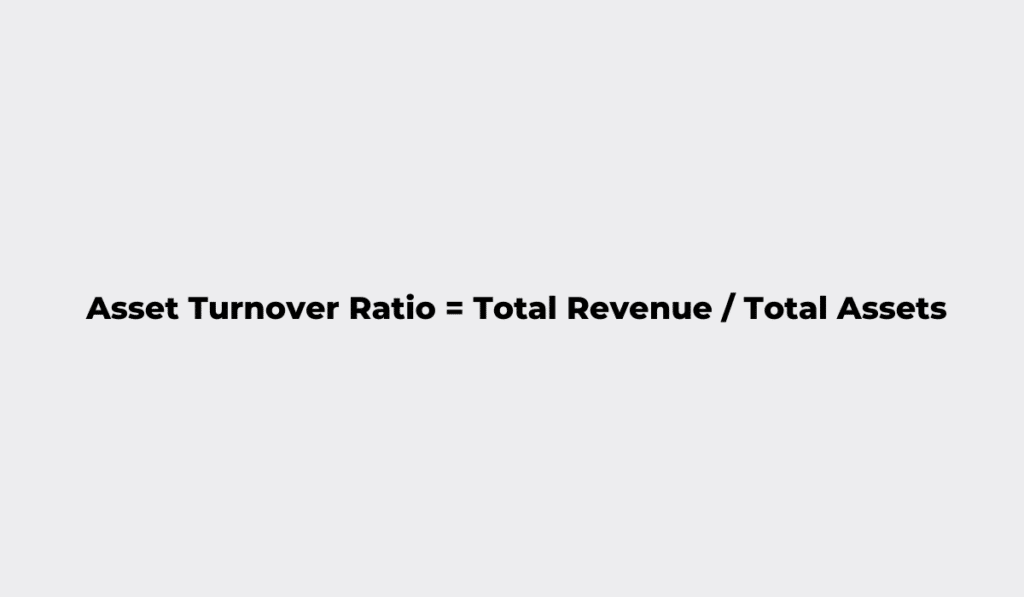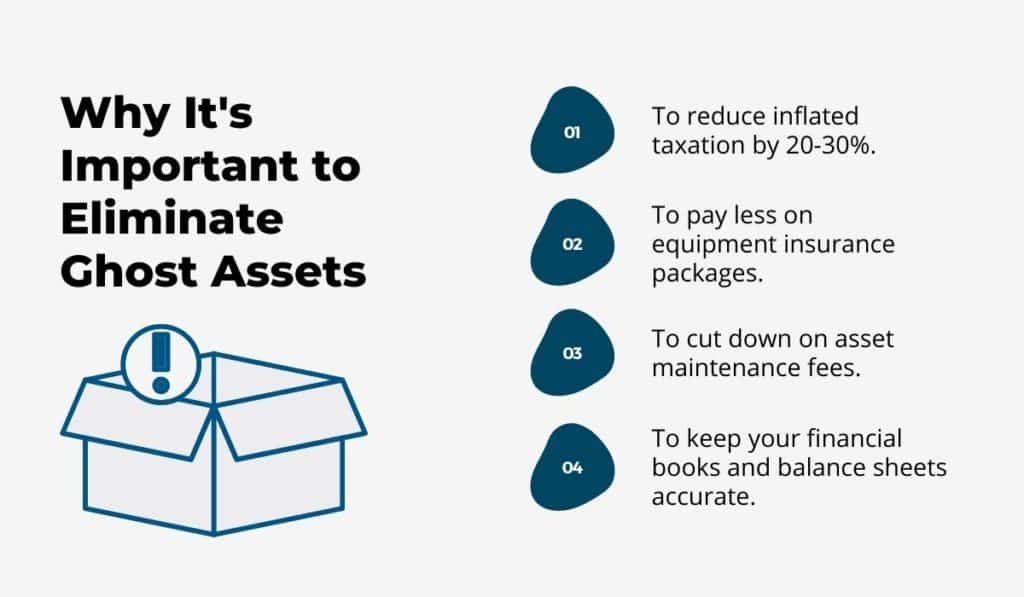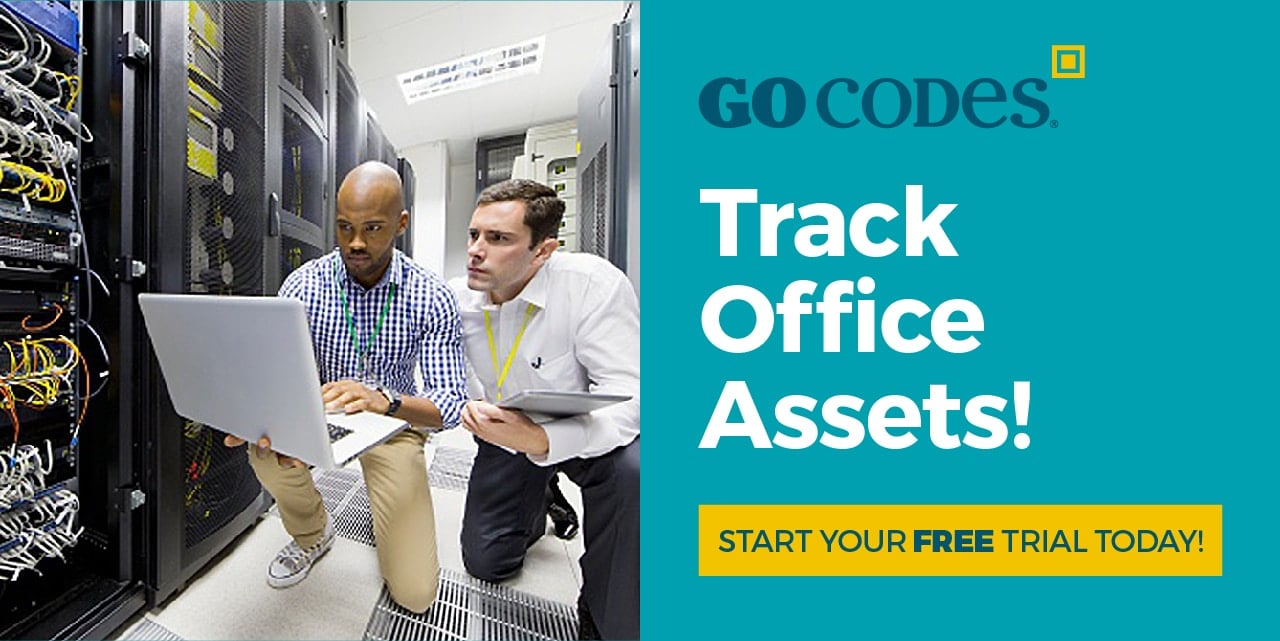All businesses’ primary concern is profit. But did you know that asset tracking can help you generate it?
Tracking allows you to answer one of the core concerns of profitability: what value do your assets provide your company?
First of all, using comprehensive asset tracking software provides you with insight into how you use your equipment, so you can streamline business processes and make better financial decisions.
Having real-time data will help you understand how you can make a return on your investment or improve your bottom line.
Basically, asset tracking can help you enhance your business in ways you haven’t imagined before. But most importantly, you will solve numerous challenges that stand in the way of growing your company’s profitability.
So, let’s check out five different ways in which using asset tracking software benefits your company’s profitability and helps you achieve your financial goals.
In this article...
Prevents Asset Loss
It’s a familiar scenario on every construction site. You set out to do your job, only to realize your tools aren’t where they’re supposed to be. Who misplaced them?
Losing assets is common, especially when a lot of people share inventory and equipment. At first, one missing drill might not be a big deal, but remember that every tool is an investment.
That one missing drill means one of your workers can’t begin their work on time which in the end could represent a significant delay in the project’s progress. Not to mention that not finding it means that you’ll have to buy a new one.
Frequently replacing missing items can negatively impact your profits. Just look at J&M Keystone. Every year, they were spending $30 000 to replace missing equipment.
This was unacceptable for the company, so what did they do about it?
They invested in asset tracking software that also provided them with quality QR barcode labels and smartphone scanning technology.
Their decision resulted in reduced costs for equipment replacement. They went from losing $30 000 annually to just $1500!
With such digital solutions, you may not eliminate asset loss entirely, but you will definitely reduce its impact on your profit margins.
With asset tracking software, you have an overview of all your tools and equipment, even their location if you have a GPS tracking system.
Your workers can easily check equipment in and out, so you know who uses it and when it will be returned.
That way, you’ll also encourage accountability in your workers—like one of GoCodes Asset Tracking’ customers who had to deal with missing ladders and cables.

When workers know the tools are monitored, they pay more attention to where they leave them at the end of the day. That way, they don’t waste time looking for them on the construction site and begin their work on time.
In the end, investing in asset tracking software is an easy decision if you want to manage your assets more effectively while improving your company’s profitability.
Drives Better Asset Utilization
Effective asset management also means knowing how to maximize the use of your assets. Or, to put it differently, do you have any equipment sitting unused on your construction site for a long time?
Optimizing the use of your tools and equipment is nothing new. You should strive to carefully coordinate and use all your assets to the maximum potential to improve your company’s profitability from the beginning.
But what is new is the ability to use asset tracking software to do it more efficiently.
Simply by scanning information in the tracking software’s database, you can have a better understanding of which equipment is available to use.
You can also make better decisions whether to rent or sell equipment or change to different models with better performance.
Now, if you want to know exactly how much you profit from your equipment, you can calculate the asset turnover ratio.
Use this simple formula to see how much revenue you’re generating for every dollar you’ve invested in your assets.

So, if you have $200 000 in business revenue and your assets are worth $50 000, then you’d have a utilization ratio of 4:1. This means that for every dollar you invested in your assets, you’ll get $4 in revenue.
But if you have equipment idling on the construction site, you might be losing those $4.
What you should remember is that you’ll never achieve a 100% utilization rate for your assets.
This is mostly because you need to count in downtime for scheduled maintenance, seasonal reductions in productions, or operator breaks.
But that shouldn’t stop you from continuously improving that rate to increase your company’s profitability.
Helps You Avoid Unnecessary Equipment Repairs
Regular maintenance is essential. It’s the only way to ensure your equipment is always in top condition and performing as expected. It helps companies comply with safety regulations and increases on-site productivity. The list of benefits goes on.
However, as beneficial as maintenance is, you also have to remember that all construction equipment has a fixed life cycle.
So, if the equipment eventually starts to break down more frequently, it’s time to replace it. No matter how many times you send it for repairs, it will never be as good as when you bought it.

Dealing with broken equipment is bad enough, but from the business perspective, spending money to maintain machines that won’t give you the desired output will negatively affect your company’s profitability and growth.
This is where asset tracking software also proves extremely useful.
Apart from scheduling regular maintenance, you can also use it to collect data that will allow you to inspect which of your assets have become too unproductive to sustain the company’s goals.
This means you can monitor your equipment’s depreciation and decide when it’s the right time to sell them.
Through asset tracking software, you can also create detailed reports to predict your future needs for investment with different stakeholders.
In the end, if you want to increase profits for your company, regularly monitoring your equipment’s life cycle will help you determine which assets are worth the continued maintenance and which are better off scrapped.
Increases Labor Productivity
One of the reasons companies switch to asset tracking software is to increase productivity and save time.
Simply put, if your workers spend hours manually checking paperwork and logging in important data, that’s more money you’re spending on unproductive employee time.
While checking compliance status and conducting inspections is necessary for daily construction operations, why not reduce that time so your workers do their core tasks?
That’s what one of GoCodes Asset Tracking’ customers achieved when they started using asset tracking software.

Implementing a user-friendly system to monitor equipment streamlined all of their core operations and saved this customer’s time and money.
Basically, they were able to automate their information logging, set alerts for overdue returns, and coordinate asset utilization more effectively, thus increasing labor productivity.
But they’re not the only ones who see the benefits of using asset tracking software.
Timeliness, data accuracy, and the ability to analyze productivity and performance across projects were the top reasons why some construction companies have turned to digital solutions.
Their satisfaction levels ranged from 72-79% after implementing asset tracking software in their companies.
All of this leads to one goal: boosting the company’s profitability.
Automatizing processes saves workers from tedious tasks and unnecessary overtime.
What is more, these needless expenses can compound over time and jeopardize your financial goals.
Increasing labor productivity is the key step towards improving a company’s profitability. So join 61% of your peers who use digital solutions to gather relevant data and automate their business processes.
Helps You Identify Ghost Assets
When companies conduct audits, they might come across ghost assets. These items are tools and equipment recorded in an inventory system but are not in use or do not physically exist.
This happens to companies more times than you think.
Asset Management Resources, a leading provider of asset inventory and reconciliation services, which found that 65% of fixed asset data is incorrect because 10-30% of assets are no longer in the company’s possession.
But how does this reflect on the company’s profitability?
With incorrect data, you could be spending thousands on assets you no longer own. If your data shows that you have 40 nail guns but actually own 32 of them, this could hurt you when it comes to filing taxes.
You’ll be paying 20% more on taxes than you need to. So eliminating ghost assets from your inventory can lead to a reduced tax bill.

But it’s not just taxes you need to be aware of. There are inflated insurance premiums as well.
Insurance companies will look at your list of assets and include them as working assets in your business insurance coverage, even if you no longer use them.
Here’s how much you could be paying for ghost assets.

If your company doesn’t know the current status of its property, it’s time to conduct more audits to account for all assets in your inventory.
Remove ghost assets as soon as possible so you can save thousands of dollars and improve your company’s profitability.
Conclusion
Construction companies of all sizes are switching to asset tracking software to manage their equipment. This is because construction sites can be miles apart, and managing large fleets can be difficult without efficient systems in place.
With asset tracking software, companies can monitor equipment in real-time to improve asset performance and streamline operations.
You will know if your equipment is in good condition and how you can improve productivity on your job site. This means you can make the best use of all your assets and boost your bottom line.
Additionally, you can create comprehensive reports that will break down all costs related to your equipment, influencing every future financial decision.
Ultimately, every construction business wants to improve profitability, so investing in asset tracking tools is a smart decision.




